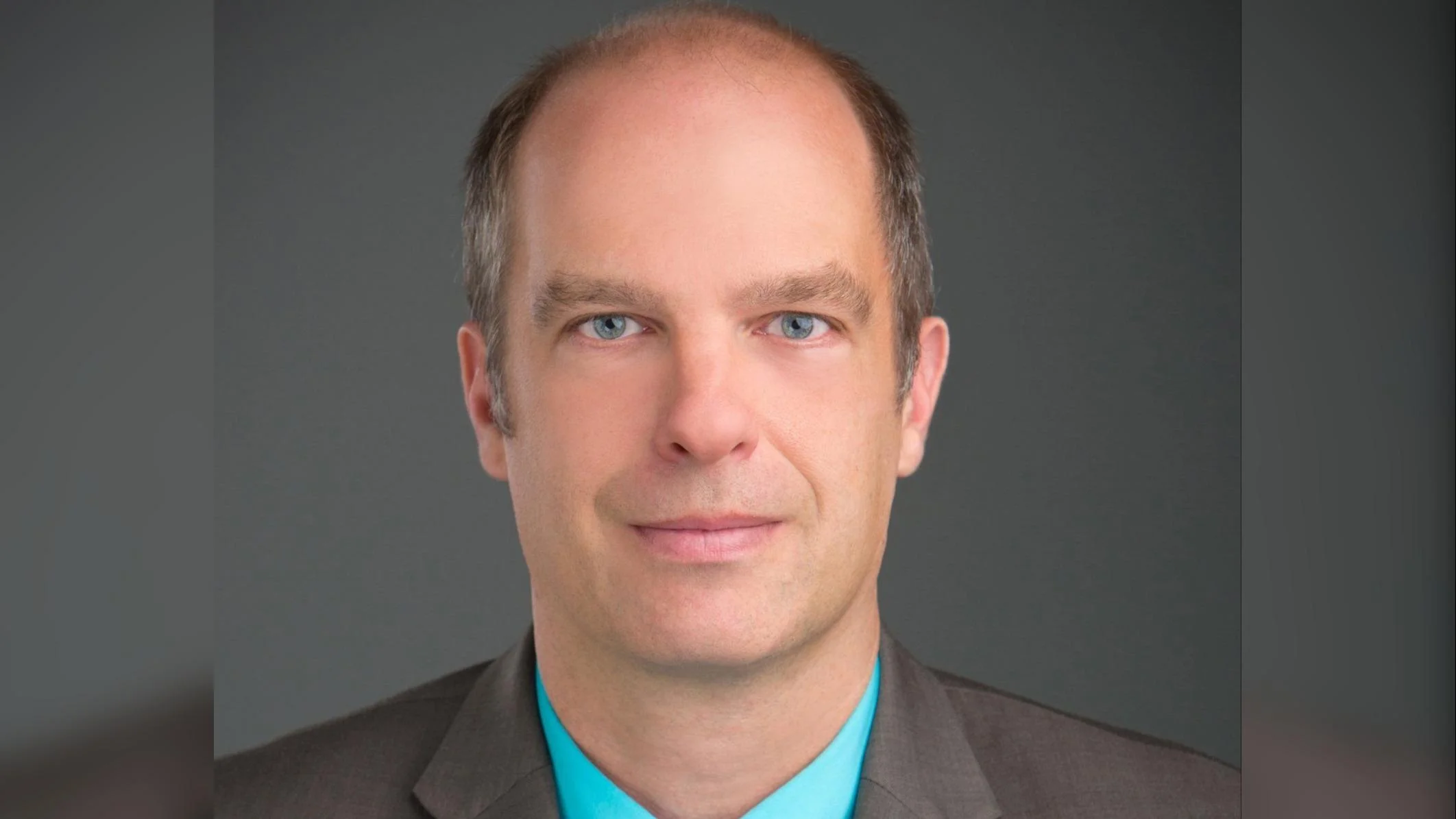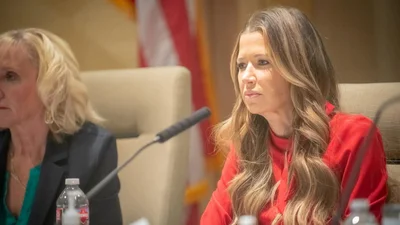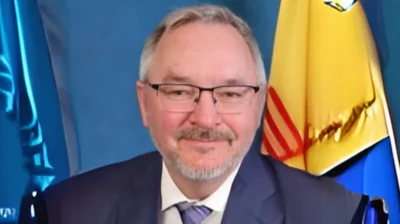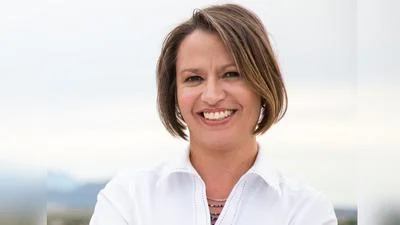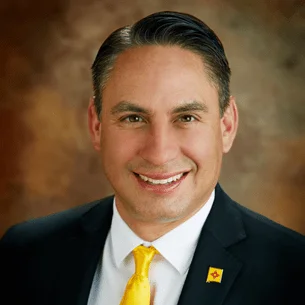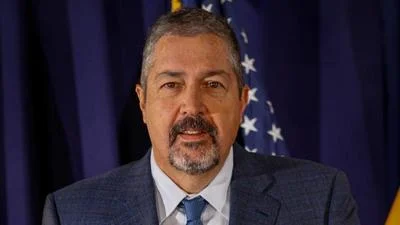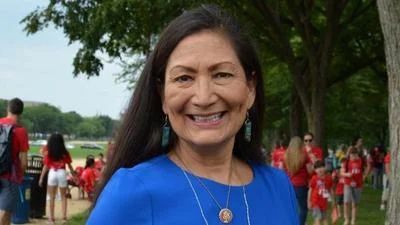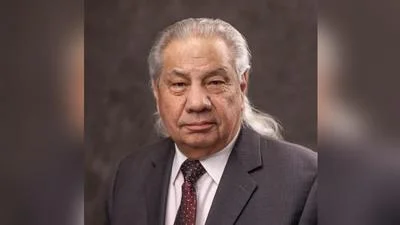New Mexico is experiencing a growing shortfall in funding for its road infrastructure, with a recent report from the Albuquerque Journal indicating a $471.6 million gap for priority projects across the state. The total need for road maintenance is estimated at $5.6 billion. The same report highlights that the percentage of roads in acceptable condition has declined from 75% in 2011 to 69% in 2023.
The deteriorating state of the roads has economic and safety consequences. According to SourceNM, drivers in New Mexico pay an average of $2,074 each year due to vehicle maintenance, congestion, and safety costs related to poor road conditions. The state also records 1.74 deaths per 100 million miles driven, ranking it third-highest in the nation for fatality rates.
Despite these challenges, New Mexico holds $64 billion in permanent funds and is experiencing a $500 million general fund budget surplus this year. State spending has increased by 70% under the current governor. However, investment in roads has not kept pace with this financial growth.
Senator Antonio “Moe” Maestas, D-Albuquerque, commented to the Journal, “It’s been a ‘failure of government’ not to gradually increase the gas tax rate over the past 30 years.” Paul Gessing, president of the Rio Grande Foundation, disagrees with this approach. He states, “New Mexicans should not be forced to pay higher taxes to fund something as basic as road maintenance when the state is flush with cash. Before even considering raising taxes, here are a few ideas to improve our roads without raising regressive taxes on average New Mexicans.”
Gessing suggests several alternatives: reallocating some of the $7.2 billion in unspent capital outlay funds typically used for other projects; implementing fees for electric vehicle owners who currently do not contribute to road maintenance; repealing New Mexico’s “mini” Davis-Bacon law that allows unions to set construction wages; and taxing gas “at the rack” to ensure gas taxes are collected on tribal lands.
He adds, “These are some simple ways to either generate more money for road repairs or to drive costs down. We are open to others but remain implacably opposed to raising the gas tax until unless a few of these other efforts have been undertaken.”
Gessing also points to other spending priorities set by Governor Michelle Lujan Grisham, including an estimated $3 million annually for Planned Parenthood and $20 million allocated to abortion clinics serving out-of-state residents. The governor recently proposed expanding the “free child care” program, which already costs $463 million annually for families earning up to 400% of the federal poverty level. The expansion would add another $120 million per year and require a one-time capital expenditure of $20 million.
Gessing concludes, “The debacle over roads is on par with the approach Gov. Michelle Lujan Grisham has taken from day one: Allocate resources to growing state government and placating political allies while letting core functions of government suffer. It’s nothing new, but in New Mexico it is shocking how unwilling voters have been to hold Democratic politicians accountable for these and other policy failures.”
Paul Gessing is president of New Mexico’s Rio Grande Foundation. The Rio Grande Foundation is an independent, tax-exempt research and educational organization.
